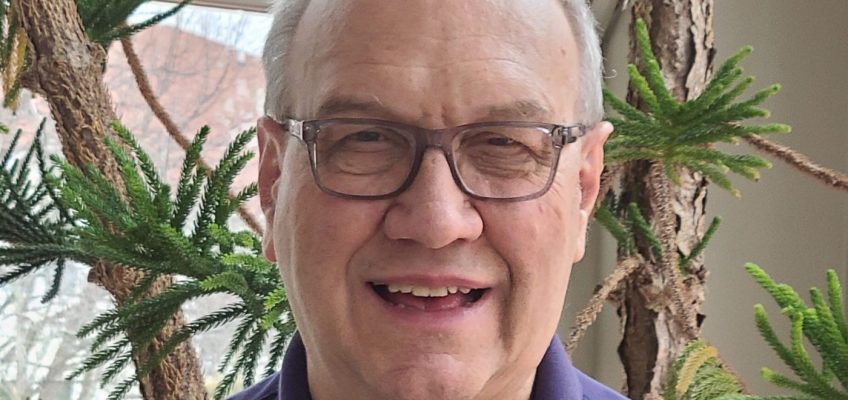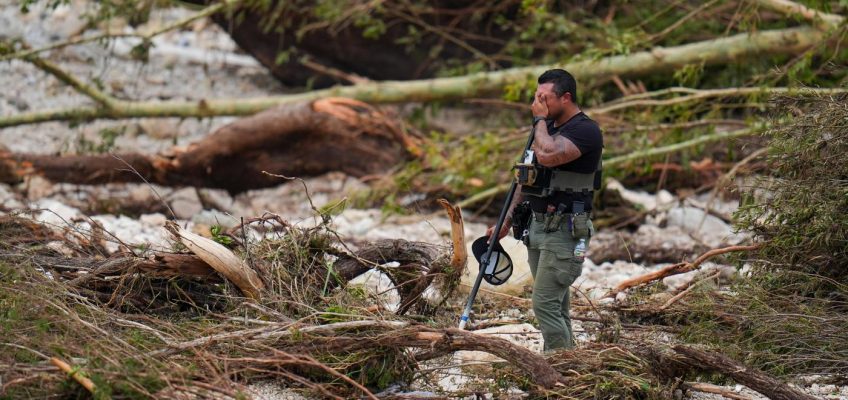Rededicate ourselves to our founding principles
This Fourth of July prompts serious questions about our nation and how it so radically differs from a proud and historic past.
Is the great American experiment born in enlightenment, freedoms and hope gone? Would the Founders be proud of the country we’ve become? A majority of the country chose to reject the Founders’ America in the last election. We chose a president without principles who believes he’s above the law and the Constitution, a president who would be king. We weren’t duped, we knew exactly who and what Donald Trump is. There is no place for truth, character and morals in his America nor interest in a unity of states or the common good. Trump’s America is solely for those who pass his loyalty tests. Disagreement makes one an enemy, scum, unpatriotic.
His re-election further illustrated the decay in a nation that’s lost its ideals, for which we all bear responsibility, and also lost is the better part of ourselves. What would the Founders think of a citizenry that embraces rule by billionaires and corporations? What would they think of a citizenry that would allow a Christian minority to rewrite history and establish theirs as a state religion? Any claim we may have to exceptionalism is due to our founding in enlightenment. The American Revolution was not fought to establish a Christian nation nor was the nation founded on acts of conservatism.
If there’s anything left of the nation of our Founders, if there’s still any meaning in the Declaration of Independence and the Constitution, it is our duty to re-discover the hope and promise of America and re-dedicate ourselves to the principles upon which this nation was founded.
Thomas L. Lenczowski, Mendota Heights
Try to respect people
After reading the article on Thom Higgins in Sunday’s paper, I must say I am almost at a loss for words — but not totally. I am not sure why we needed to read about Thom; a mention that he coined the phrase “gay pride” might have been enough. He somehow thought that “pieing” is not violent. Really? Why is OK to interrupt someone to push a pie in their face?Anita Bryant was using her voice and fame to put forth her ideas — just like Thom wanted his views to be known. But Higgins decided it was perfectly fine to physically assault someone.
This type of behavior has gone on way too long.I think destroying people’s property is wrong — flags should not be destroyed because you don’t agree. Treat people the way you want to be treated. It is time to try to respect people.
Joan Barrett, St. Paul
For the people or for himself?
President Trump has made hundreds of millions (possibly over 1 billion) dollars selling himself as a presidential candidate and now as president. Yet, his presidential campaign refuses to reimburse the city of St. Cloud for about $209,000 in expenses incurred for security, IT services, and changing a road construction project for his July 27, 2024, campaign rally at St. Cloud State University. Is Trump for the people, or just for himself?
Chris Lyons, St. Paul
A much larger debate
Arguing about the execution of bombing Iranian nuclear sites is moot; however, the consequences are worthy of a much larger debate. Have we made more enemies, further alienated our allies, and reinforced opposition alliances?
Prime Minister Netanyahu and President Trump call for “peace through strength.” Does that mean threaten and bomb your enemies into submission? On the other hand, President Theodore Roosevelt said, “Speak softly and carry a big stick.” Roosevelt championed a strong military but cautioned against using it to antagonize other nations. His policy was to resolve conflicts by finding mutually agreeable solutions.
On the World Stage or kindergarten playground, those forced into submission find ways to retaliate. We had a nuclear arms agreement with Iran. Trump withdrew it. Lack of a nuclear arms agreement continues to plague US-Iran relations. Weapons of greater devastation will be made. We may have won the battle but lost the war.
Sarah Koper, St. Paul
These masked abductions
Last weekend Narciso Barranco was working as a landscaper at an IHOP in Santa Ana, California, when masked agents wearing full tactical gear and wielding guns chased him down and took him to the ground. These masked men can be seen repeatedly striking him in the head and neck and forcing him into an unmarked vehicle with truncheons at his neck. One of the agents is brandishing his handgun sideways at passing vehicles like he is in a Rambo movie. To be clear, Mr. Barranco is undocumented, but he has worked as a laborer in the U.S. for 30 years without any criminal record. Mr. Barranco loved and respected this country so much that the values he instilled in his family inspired his three sons to join the U.S. Marines where they currently serve.
To counter what we can all clearly see in the video, a Homeland Security statement says: “the illegal alien ran and turned and swung a weed whacker at an agents face and resisted arrest”. If these seven 200-plus-pound tough guys in their tactical armor and guns drawn were so afraid of a pot-bellied old man with a weed whip, they should take off their masks, identify themselves, and face the cameras to tell us their story of why they just had to force their knees into his back and beat him in the face so we can all see the cowards that they really are. If they can do this without identifying themselves legally in America to anyone, illegal alien or not, we should all be afraid.
If these “agents” are so proud and justified in what they are doing, why the masks and very unclear identification of who they really are or who they represent? In Minnesota we were just traumatized with the slaying of Melissa Hortman and her husband by a man “dressed up” as a police officer, so we are a little wary of unidentified authorities with guns. Also, this administration claims these arrests are all rapist and murderers or MS-13 members. If this were true, we would be seeing their RAP sheets with all the crimes they have committed. Instead, what we are really witnessing is good hard-working people who are seeking a better life, like my Norwegian grandparents, getting brutally rounded up and hidden away. These masked abductions can only be seen as terror tactics as well as a national disgrace.
Greg Kvaal, Mendota Heights
Sainted
To all who prepared and planned the funeral at the Basilica last Saturday: it was a beautiful and reverent send-off for the Hortmans.
The music, the choir, the sermon, the intentions, and the rite of the Mass — every detail was thoughtfully executed. It was a moving presentation of the Catholic Church, capturing both the intention of the Mass and the deeper story of our Catholic faith.
Thank you for such a meaningful tribute.
Leah Shiely Swenson, Lilydale




